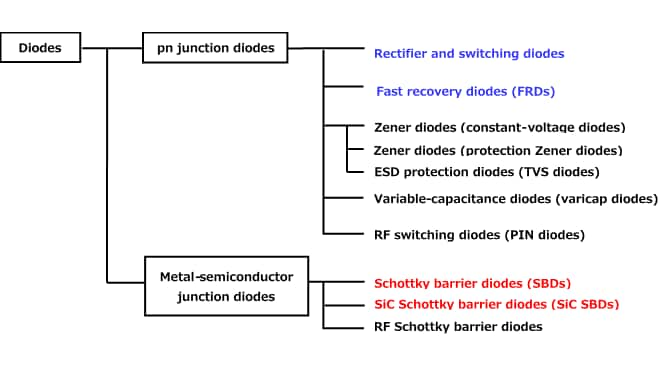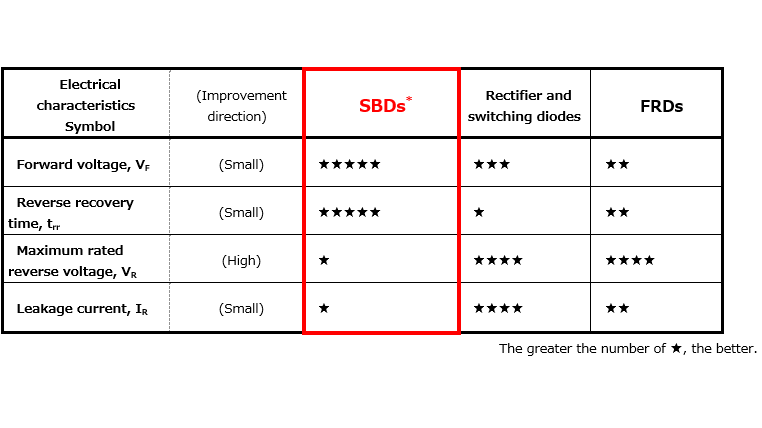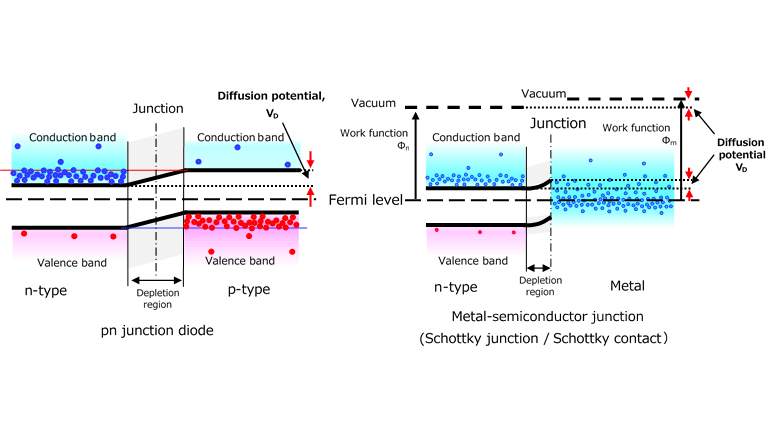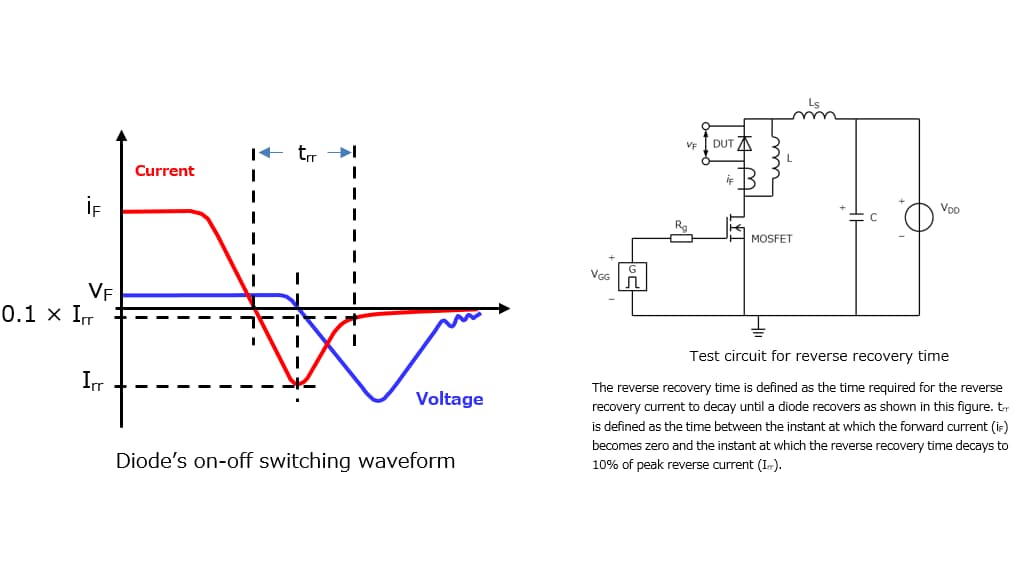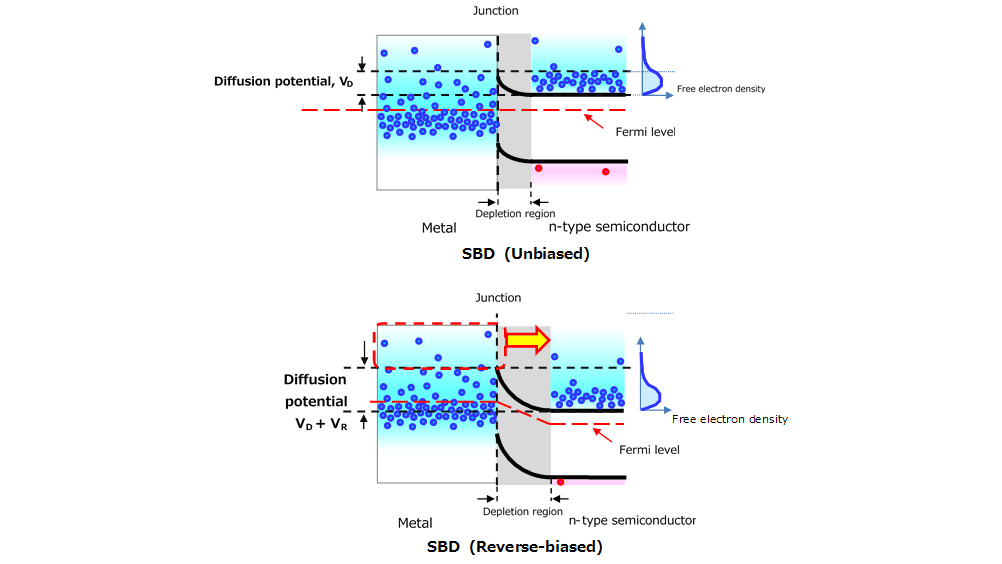- 半導體首頁
-
應用Automotive
Body Electronics
xEV
In-Vehicle Infotainment
Advanced Driver-Assistance Systems (ADAS)
Chassis
IndustrialInfrastructure
BEMS/HEMS
Factory Automation
Commercial Equipment
Consumer/PersonalIoT Equipment
Healthcare
Wearable Device
Mobile
Computer Peripherals
-
產品車用元件
Discrete Semiconductor
Diodes
電晶體
通用邏輯IC
Analog Devices
Digital Devices
Wireless Devices
※
: Products list (parametric search)
功率半導體※
: Products list (parametric search)
隔離器/固態繼電器Photocouplers
Digital Isolators
※
: Products list (parametric search)
MOSFETsIGBTs/IEGTs雙極性電晶體※
: Products list (parametric search)
Diodes※
: Products list (parametric search)
微控制器馬達驅動 ICs智能功率 ICs※
: Products list (parametric search)
電源管理 ICs線性 ICs※
: Products list (parametric search)
通用邏輯 ICs線性影像感測器其他產品其他產品
※
: Products list (parametric search)
-
開發/設計支援
開發 / 設計支援
-
技術知識
- 購買管道
- 型號 & 關鍵字搜尋
- 交叉搜尋
- 參數搜尋
- 線上庫存查詢跟購買
This webpage doesn't work with Internet Explorer. Please use the latest version of Google Chrome, Microsoft Edge, Mozilla Firefox or Safari.
型號需要超過三個文字以上 Search for multiple part numbers fromhere.
The information presented in this cross reference is based on TOSHIBA's selection criteria and should be treated as a suggestion only. Please carefully review the latest versions of all relevant information on the TOSHIBA products, including without limitation data sheets and validate all operating parameters of the TOSHIBA products to ensure that the suggested TOSHIBA products are truly compatible with your design and application.Please note that this cross reference is based on TOSHIBA's estimate of compatibility with other manufacturers' products, based on other manufacturers' published data, at the time the data was collected.TOSHIBA is not responsible for any incorrect or incomplete information. Information is subject to change at any time without notice.
型號需要超過三個文字以上
3-6. Maximum rated reverse voltage (VR)
VR is the maximum rated reverse voltage that can be applied across an SBD.
When an SBD is reverse-biased, it is applied across the depletion region that extends from the junction into the semiconductor. The width of the depletion region depends on the dopant concentration; the higher the dopant concentration, the narrower the depletion region. Increasing or decreasing the reverse bias causes the depletion region to expand or shrink.
Figure 3-10 shows the relationship between the depletion region width and the electric field. The area of the triangle formed by the depletion region width and the electric field represents the reverse bias voltage applied.
As the reverse bias is increased, the electric field increases. When the electric field exceeds a certain value (the maximum electric breakdown field of silicon), an SBD is destroyed by the resulting excessive current. VR is defined as the maximum reverse bias that does not cause the electric breakdown field to be exceeded.
Therefore, the less heavily an SBD is doped, the higher its rated VR.
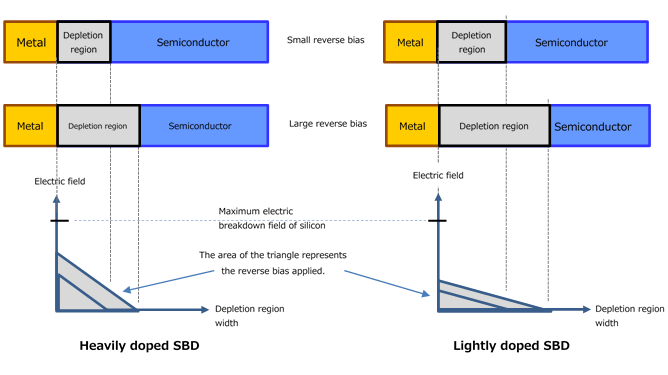
The dopant concentration also affects the series resistance of a diode directly. The more heavily doped a diode is, the smaller its series resistance becomes. In the case of pn junction diodes, excessive carriers due to the conductivity modulation effect described above reduce the effect of the dopant concentration. However, SBDs do not have the conductivity modulation effect since they are unipolar devices.
Figure 3-11 compares the IF-VF curves of the SBDs with a VR of 30 V and 40 V. (CBS10S30 and CBS10S40). In the low-current region, both the CBS10S30 and CBS10S40 exhibit the same IF-VF curve. As the forward current approaches the maximum rated current (1 A), the CBS10S40 with a higher VR conducts less forward current than the CBS10S30 at the same forward voltage.
This is because the CBS10S40 is less heavily doped and thus has a higher series resistance than the CBS10S30. This tendency becomes more marked as the VR is increased. It is therefore difficult to increase the maximum rated reverse voltage (VR) of silicon SBDs.
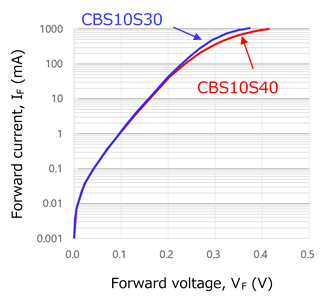
Chapter3 Basics of Schottky Barrier Diodes
Related information
- Products
Schottky Barrier Diodes - Application Notes
Application Notes - FAQs
Diodes - Parametric Search
Schottky Barrier Diodes - Stock Check & Purchase
Stock Check & Purchase


